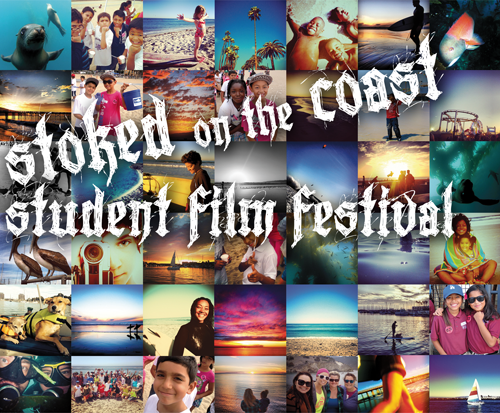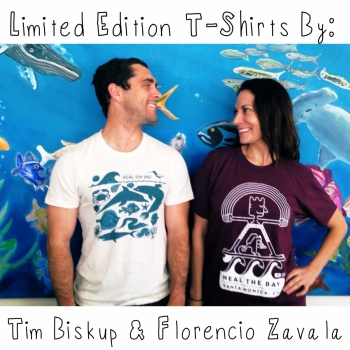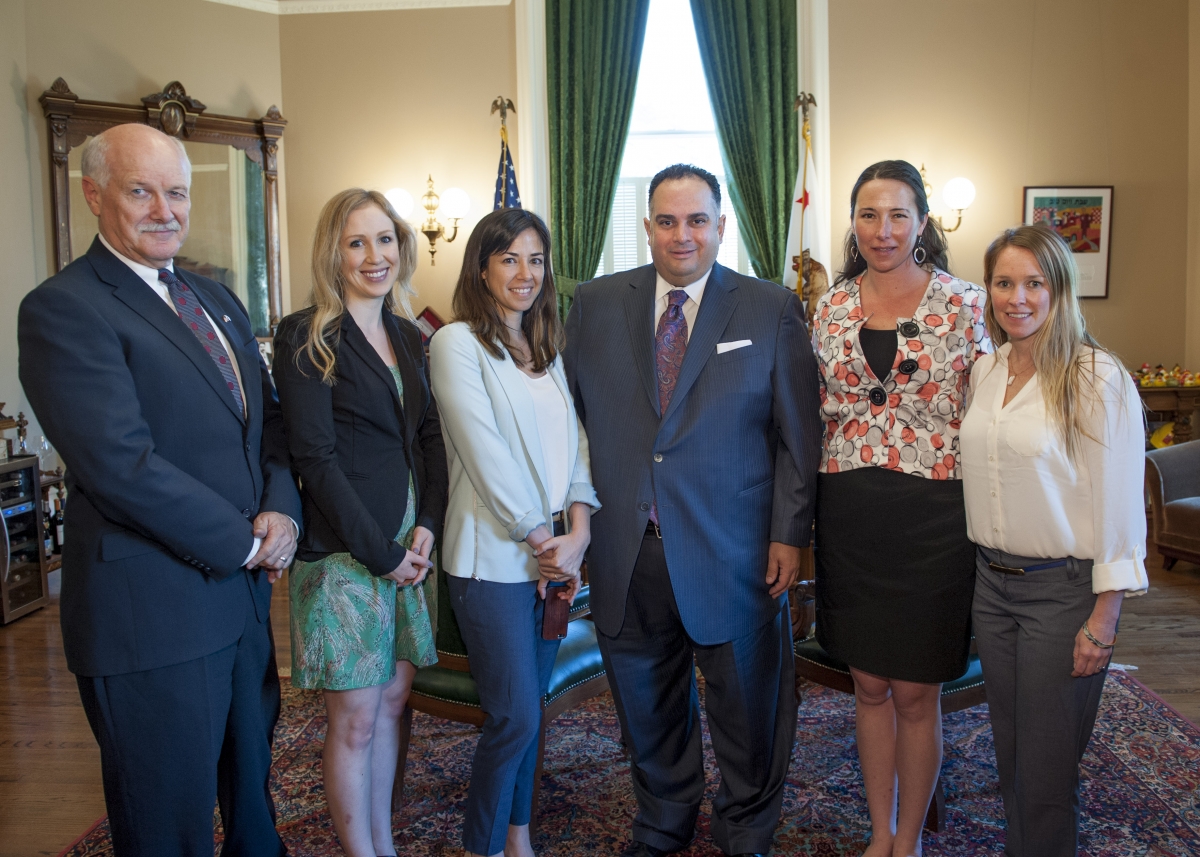Sarah Sikich, co-director of Heal the Bay’s science and policy department, celebrates a big win for the Santa Monica Mountains
In a unanimous decision, the California Coastal Commission approved the Santa Monica Mountains Land Use Plan at yesterday’s hearing in Santa Barbara. The Land Use Plan, created by the planning department of L.A. County and Supervisor Zev Yaroslavsky’ s office, provides guidance for future development in a critical region of greater Los Angeles.
The plan, which had generated some controversy because of concerns from some landowners, ultimately protects scenic views, water quality, and wild lands in an area enveloped by the Santa Monica Mountains National Recreation Area, the largest urban national park in the U.S.
The Plan was endorsed by a wide group of supporters, including Heal the Bay, Los Angeles Waterkeeper, California Coastal Protection Network, Malibu Surfing Association, Mountains Restoration Trust, Surfrider Foundation, Las Virgenes Homeowners Federation, and many residents and equestrian groups from the mountains. Some members of the equestrian community and vineyard developers opposed the plan, arguing that it put undue restrictions on their activities. Each side packed the hearing room, adorned in stickers and buttons showcasing their respective positions
The Land Use Plan outlines the future of the 52,000-acre Santa Monica Mountains Coastal Zone, a region characterized by steep rugged mountains and wildlife ranging from large mountain lions to federally threatened red-legged frogs. It’s also dotted by large estates, ranches, and pockets of communities. Some highlights of the Plan include stream and riparian habitat setback requirements for development, measures to prevent erosion of hillsides and streambanks, policies to prevent polluted runoff and habitat damage from agricultural use in the mountains, and a provision that does not allow for new vineyard development in the mountains.
The provision prohibiting new viticulture drew vocal opposition from some members of the wine community. But, the rugged character of these mountains isn’t compatible with vineyard development. Erosion from soils between rows planted on steep slopes clogs stream habitat upon which newts and frogs depend, and excessive nutrients and pesticide runoff from vineyards can foul water quality.
“You would not plant vineyards in Big Sur, and they shouldn’t be planted in the Santa Monica Mountains,” said Supervisor Yaroslavsky, putting the policy into perspective when he explained the vibrant life and scenic quality of these mountains, which draw in millions of visitors annually. The Plan also grants existing permitted vineyards to remain, and also allows for organic farming in specific regions of the mountains.
The Coastal Commission and Los Angeles County will now work on a parallel path to create the Local Implementation Plan, which determines specific measures to bring the Land Use Plan into effect. That framework is slated for Coastal Commission consideration in June.
Want to learn more about the beautiful Santa Monica Mountain ecoysystem? Join the Stream Team, our citizen scientist program!





